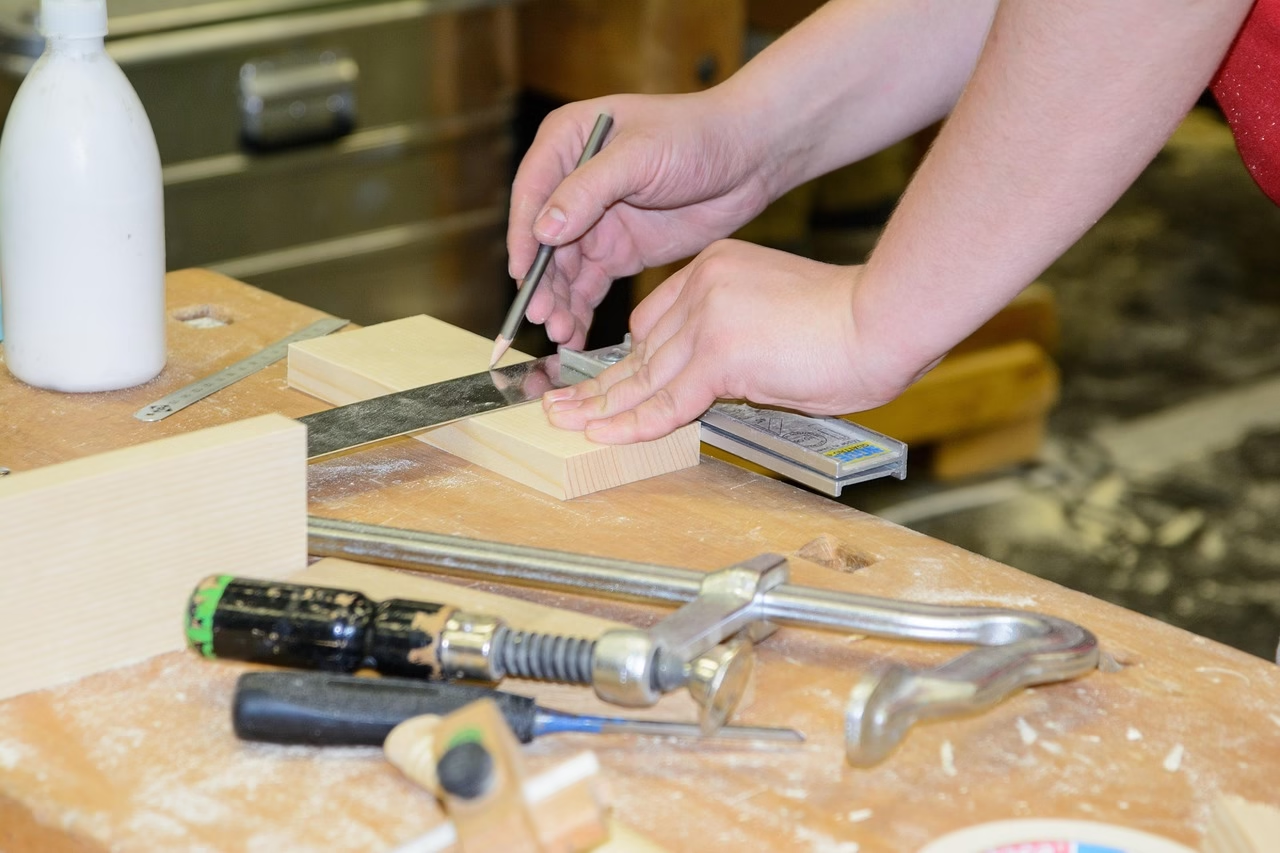“AI-Driven Task Automation: Enhancing Productivity and Emplo
May 30, 2025 | by Ethan Rhodes

AI-Driven Task Automation: Enhancing Productivity and Employee Well-being
Whether you’re swamped by never-ending to-do lists or you just want to reclaim your afternoons for big-picture thinking, AI-driven task automation is more than a hot tech trend—it’s your new work ally. As someone who’s spent years coaching modern professionals through hectic schedules and burned-out days, I’ve witnessed firsthand how smart tools can transform entire teams. The future of productive and fulfilling work isn’t about running faster on the hamster wheel; it’s about letting technology do the running, so you can focus on what truly matters.
The Evolution: From Manual Grind to Mindful Efficiency
In the old days, “busy work” was almost a badge of honor. Copying data, scheduling meetings, chasing down approvals—these tasks ate up your day. Now, AI-powered software automates everything from inbox triage and data entry to complex workflow management. The best part? This shift doesn’t just slash wasted hours; it gives you energy and space for real creativity, strategy, and connection.
How Automation Elevates Productivity (and Mood!)
When I coach teams on optimizing their workflow, automation sits right at the top of my toolkit. Here’s why AI-based automation is a total game changer:
- Reduces cognitive overload: With repetitive tasks off your plate, your brain is freed up for sharper focus and quality problem-solving.
- Cuts out errors: AI is brilliant at data sourcing, calculations, and routine communications. It means fewer slip-ups, do-overs, and unnecessary stress.
- Personalizes your priorities: Today’s AI systems can learn your work patterns, nudging the most important work to the top of your day (and pushing low-impact busywork to the side).
- Saves time and stress: Imagine the energy boost when you can put your effort into tasks that spark growth instead of ones that grind you down.
Supporting Employee Well-being—Not Just Company KPIs
The best thing about smarter workflows isn’t just a productivity bump; it’s the impact on health and satisfaction. When you lose those nagging, energy-draining chores, morale shoots up. People feel more trusted, engaged, and able to focus on work that reflects their strengths. I’ve seen introverts come alive in creative brainstorms, and managers finally able to mentor their teams—all because their minds (and calendars) aren’t crammed by repetitive, mindless work.
Companies that prioritize automation as a well-being strategy—not just as a cost-cutting move—see lower burnout rates, higher retention, and a culture of innovation. If you’re in a leadership role, remember: automating workflows is good people management, not just good process management.
Building a Practical, AI-Powered Routine
Ready to put automation to work for you? Focus on small, sustainable shifts. Here are steps I recommend to every team:
- Start where impact is greatest: Identify manual steps that consistently break your flow—like calendar wrangling, recurring approvals, or status updates. Target the most draining ones first.
- Pilot, then scale: Test one or two automation tools with a small group. Refine based on feedback before rolling out.
- Encourage team buy-in: Celebrate time saved and share quick wins. Make it fun—track hours reclaimed and use them for team brainstorming, skill-building, or just a well-earned break!
Embrace the Mindshift (and Reap the Benefits!)
Task automation isn’t about making us superhuman; it’s about making the most of being human. By clearing digital clutter and dodging the quicksand of admin work, you unlock focus, energy, and time for your real passions and priorities.
Don’t wait for a “perfect” system—start simple, learn fast, and iterate as you go. The benefits of AI automation aren’t just about what you get done, but how you feel when you’re doing it.

RELATED POSTS
View all



